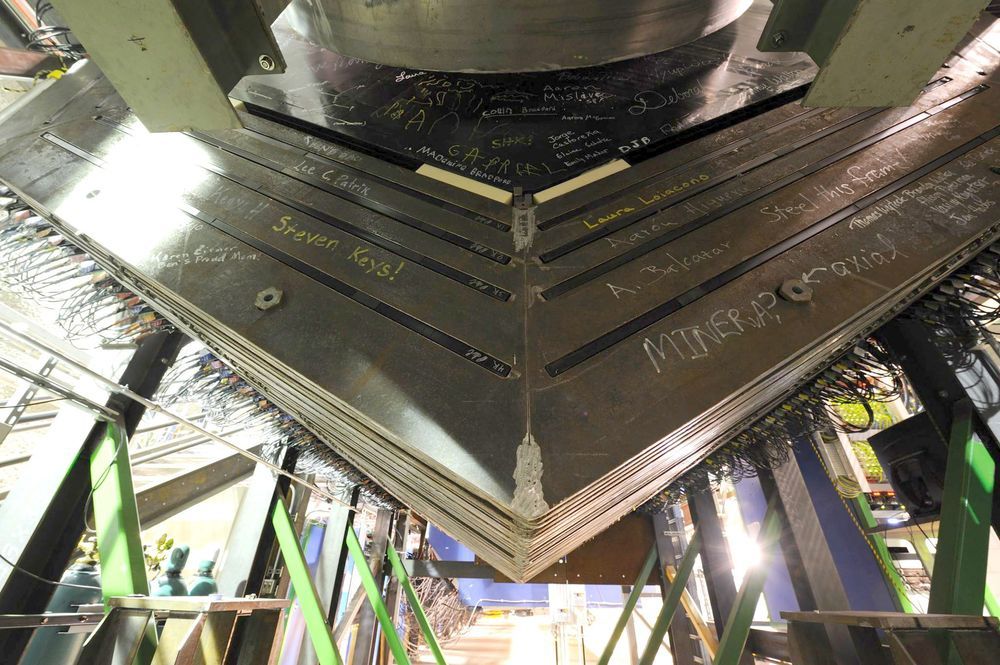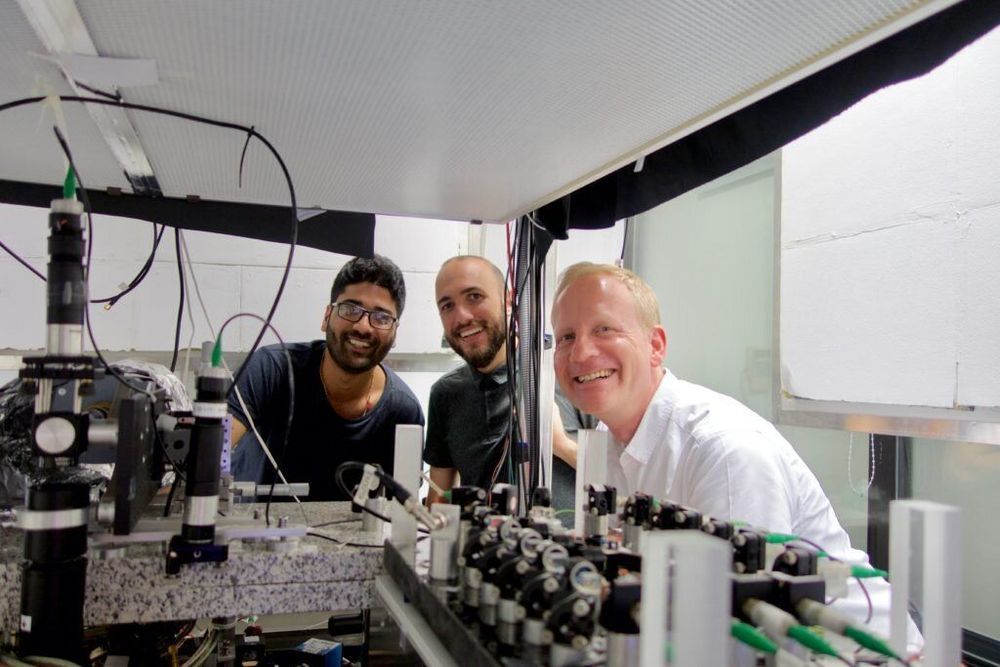Buy Telomerase Inhibitor IX (CAS 368449−04−1), a potent, reversible inhibitor of telomerase activity, from Santa Cruz. Purity: ≥95%, MF: C20H16N2O6.



Who are you really talking to?
AT&T Labs will begin selling speech software it says is so good at reproducing sounds, inflections and intonations of human voice, that it can recreate voices and even bring those of long-dead celebrities back to life; Natural Voices software, which turns printed text into synthesized speech, makes it possible for company to use recording of person’s voice to utter things person never actually said; utterances still contain few robotic tones and unnatural inflections, leading competitors to question whether it is substantial step up from existing products; tests suggest it may be first text-to-speech software to raise specter of voice cloning, replicating person’s voice so perfectly that human ear cannot tell difference; photo (M)

The IceCube Laboratory at the Amundsen-Scott South Pole Station, in Antarctica, hosts the computers that collect raw data from the sensors buried in the ice below.
Website of the IceCube Neutrino Observatory, featuring news, galleries, and information about the mission of IceCube, the IceCube Collaboration, and IceCube’s scientific outcomes.

On March 14, 2012, MINERνA submitted a preprint demonstrating communication using neutrinos. Though not a part of the experiment’s physics program, this is the first reported instance of a message being transmitted by neutrinos. Scientists used ASCII code to represent the word “neutrino” as a series of 1s and 0s. Over a period of 6 minutes, this sequence was delivered by either the presence or absence of a neutrino pulse, over a distance of about a kilometer.
Underside of the front of the MINERνA neutrino detector in 2011. The names of experiment contributors are handwritten on the front of the detector. Main Injector Experiment for ƒË-A, or MINERνA, is a neutrino scattering experiment which uses the NuMI beamline at Fermilab. MINERνA seeks to measure low energy neutrino interactions both in support of neutrino oscillation experiments and also to study the strong dynamics of the nucleon and nucleus that affect these interactions.

Using quantum entanglement, Micius allows perfectly secure, unhackable communication.
> https://cosmosmagazine.com/technology/the-quantum-internet-i…eing-built <
⬇️


As we age, the reduced turnover of our cells means we can lose control over how our skin ages. Epidermal stem cells needed to create healthy new skin are significantly reduced and function less efficiently. A discovery based on promising plant stem cell research may allow you to regain control.
Scientists have found that a novel extract derived from the stem cells of a rare apple tree cultivated for its extraordinary longevity shows tremendous ability to rejuvenate aging skin. By stimulating aging skin stem cells, this plant extract has been shown to lessen the appearance of unsightly wrinkles. Clinical trials show that this unique formulation increases the longevity of skin cells, resulting in skin that has a more youthful and radiant appearance.

Atomtronics manipulates atoms much in the way that electronics manipulates electrons. It carries the promise of highly compact quantum devices which can measure incredibly small forces or tiny rotations. Such devices might one day be used to monitor Earth’s status by sensing water levels in the desert or in the search for minerals and oil. They will also be used in navigation, when GPS fails on planes or ships due to malicious attacks or simply because it is not available, e.g. in the deep seas. They might also one day act as portable quantum simulators solving complex computational tasks.
Coherent atomtronics manipulates atoms in the form of matterwaves originating from Bose-Einstein condensates (a state of matter in which all the atoms lose their individual identity and become one single quantum state with all the atoms being everywhere in the condensate at the same time). The atoms in these matterwaves behave much more like waves rather than individual particles. These matterwaves can be brought to interfere and thus made to respond to the tiniest changes in their environment such as the difference in gravitational pull between light organic material and heavy iron ore. When compared to light, atoms can be 10 billion times more sensitive, e.g. to rotation or acceleration, when compared to the photons that make up light. This sensitivity depends on the measurement time and—just like Newton’s apple—atoms fall due to Earth’s gravity. This forces the most sensitive interferometers to be very tall, reaching 10 meters and in some cases even 100 meters.

KARO, Indonesia (Reuters) — Indonesian officials warned on Monday against the prospect of further eruptions from an active volcano on the island of Sumatra after it emitted a huge column of ash, causing panic among residents.
Mount Sinabung, which has seen a spike in activity since 2010, erupted for around nine minutes on Sunday, sending clouds of volcanic ash 7 km (4.4 miles) into the sky.
Although no casualties were reported, officials monitoring the volcano warned of possible fresh eruptions.
